The Link Between Raynaud’s Disease and the Gut
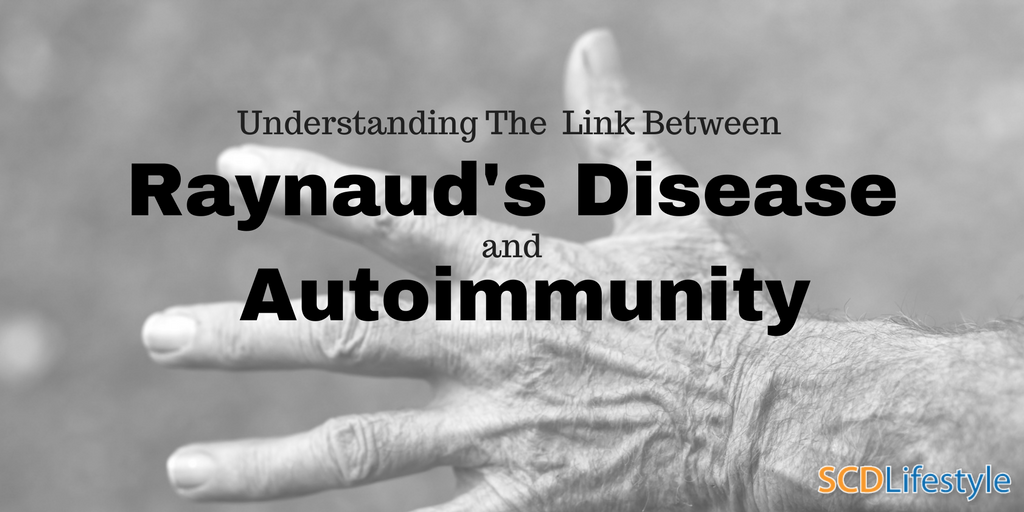

Here at SCD Lifestyle, we talk a lot about getting to the root of health issues rather than just chasing symptom after symptom.
Standard autoimmune disease treatments are one of the biggest ways we see people getting caught up in this vicious cycle.
Autoimmune disease has exploded, plain and simple. An estimated 23.5 million people (nearly 8 percent of the population) are known to have been diagnosed with at least one autoimmune condition.
Although research efforts in this area are increasing every day, the majority of people are still in the dark when it comes to the latest, cutting-edge information.
And Raynaud’s disease is perhaps one of the most misunderstood autoimmune conditions of them all. Despite affecting 3 to 5% of the general population, it doesn’t get the attention that other conditions, like Multiple Sclerosis and Rheumatoid Arthritis get.
But our goal, when looking at Raynaud’s, remains the same. We must look at the whole picture and help people figure out the root cause(s).
It’s easy to forget that our bodies are made up of several interconnected systems all working together to function optimally. Raynaud’s disease develops due to much more than circulation issues, but rather a complex interaction of several bodily symptoms. Furthermore, the symptoms of Raynaud’s will often appear as a result of another condition.
See, when focus is placed solely on treating circulatory issues at least half of the picture gets missed. Stress management and supporting the body with proper nutrition, among others, are keys to successfully preventing and managing any autoimmune condition, including Raynaud’s disease.
Read on, as we dive into the details and show you how to overcome Raynaud’s disease naturally – and feel your best in the meantime.
What Exactly is Raynaud’s Disease?
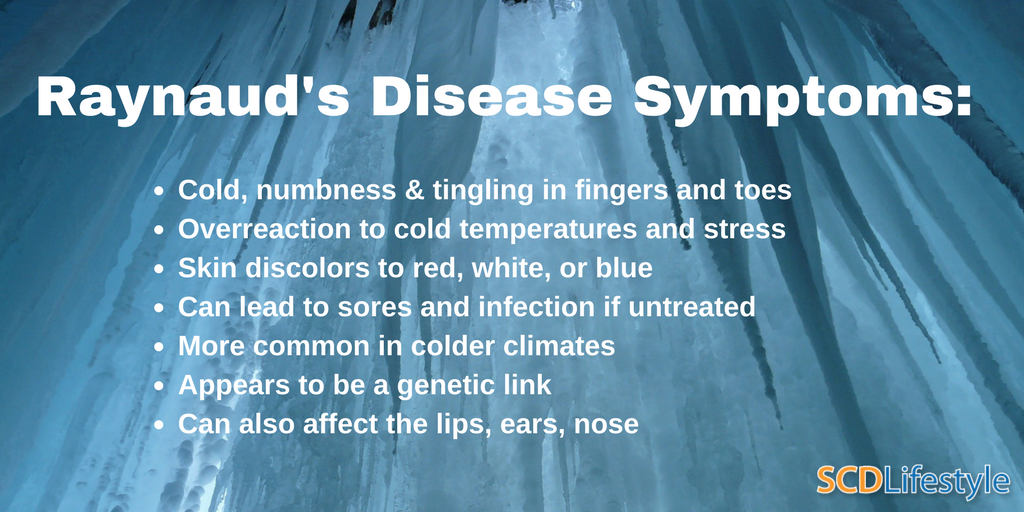
Raynaud’s disease, or RD is a condition that causes the ends of the toes and fingers to feel cold, numb and tingly. Blood vessels in the hands and feet appear to overreact to cold temperatures and/or stress, which constricts blood flow to the affected tissue. It’s named after the French physician Maurice Raynaud, who described the condition in 1862.
The skin can change colors, from white to blue to red, and is more likely to affect those who live in colder climates. Raynaud’s can also affect the nose, lips, and ears, although this is less common. Sores or infections can surface if the condition is not addressed and becomes severe.
About one third of people with primary Raynaud’s have a parent, sibling or child who also suffers from the disorder, suggesting a genetic component. Women are also affected more than men, although more research is needed to determine why that is.
As more information surfaces, researchers are able to link this condition to the gut and other coexisting autoimmune diseases.
Primary and Secondary Raynaud’s Disease
3-5% of the world’s population suffers from one of two types of Raynaud’s disease, primary and secondary. Secondary Raynaud’s, also called Raynaud’s phenomenon, is characterized by another underlying cause, whereas primary Raynaud’s is not associated with any other known disease.
Nailfold capillary tests (a test used to examine the skin at the base of the fingernail), blood tests for antinuclear antibodies (ANA), and the age of onset are all factors being used to help determine if it’s a secondary or primary condition.
Abnormalities in the capillaries as well as positive outcomes for antinuclear antibodies in the blood suggest Raynaud’s is secondary to another underlying condition such as rheumatoid arthritis or lupus. More on that to come.
What Causes Raynaud’s Disease?
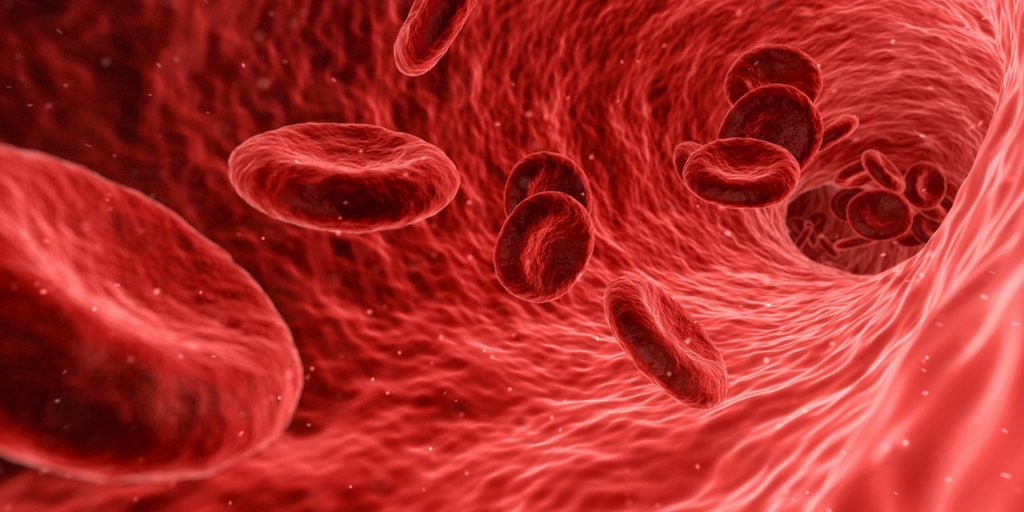
The exact cause remains unknown, but several theories, along with scientific evidence, have helped health professionals become closer to finding the answer.
Most agree that Raynaud’s is caused by a disruption in the normal regulation and responses of specialized thermoregulatory (think temperature) blood vessels in the skin. As soon as a temperature is sensed, nerves relay the information to the central nervous system (CNS). The brain then sends a signal through the sympathetic nervous system (our flight or fight system) to allow the blood vessels to react appropriately based on the temperature detected.
However, in those with Raynaud’s, this process is disrupted, which results in an exaggerated response leading to cold extremities.
Studies also suggest sympathetic alpha 2 receptors in those with Raynaud’s are overactive or overexpressed resulting in exaggerated responses to cold temperatures. More research is needed in order for this to be used as an integral part of treating Raynaud’s.
The research on Nitric Oxide (NO) is promising, as it plays a role in dilating blood vessels and mediating oxidative stress. In patients with Raynaud’s, one study shows Nitric Oxide production in endothelial cells was decreased.
This suggests that Nitric Oxide deficiency contributes to the pathogenesis or development of this condition and has therapeutic relevance, as well. Not only is the topical application of Nitric Oxide known to increase blood flow, but it also helps explain why antioxidants are considered a therapeutic treatment for Raynaud’s disease. Antioxidants help to fight free radicals brought on by oxidative stress, and Nitric Oxide is key in clearing them out.
Other common causes of secondary Raynaud’s phenomenon include medications like ephedrine and epinephrine, prolonged use of vibrating tools, carpal tunnel syndrome and stimulants such as caffeine.
Raynaud’s Disease and Autoimmunity
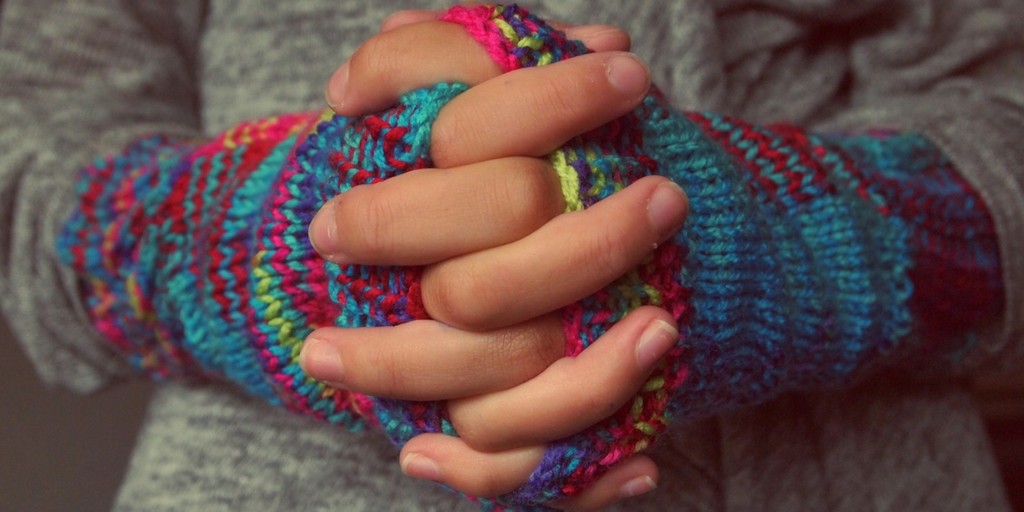
Raynaud’s often accompanies or precedes other autoimmune conditions such as lupus, scleroderma and rheumatoid arthritis, which suggests it may be triggered by similar factors. In this case, it is often referred to as secondary Raynaud’s or Raynaud’s phenomenon.
Consider these facts:
- Up to 1/3 of Lupus sufferers also experience Raynaud’s
- 9 out of 10 people with Scleroderma (an autoimmune condition where the body attacks the connective tissue under the skin) experience Raynaud’s at some point
- In this study, Raynaud’s phenomenon was present in 22% of the Rheumatoid Arthritis (RA) patients
What do these facts tell us?
The connection between Raynaud’s and these conditions strongly suggests an autoimmune component, as lupus, scleroderma and RA are all well-studied autoimmune diseases in which the body attacks its own tissue.
And this is where the immune system and gut come into play, as research shows a leaky gut is a prerequisite to autoimmunity.
What Does the Gut Have to Do with Raynaud’s Disease?
It’s nearly impossible to view the gut and the immune system as two separate systems, as 70% of our immune system lives inside the gut wall.
The gut is protected by an immunoglobulin called Secretory IgA (SIgA for short), which can be thought of as a safety net for the gut that helps protect us from harm. Unfortunately, stress increases the production of cortisol, which inhibits the function of SIga. When stress becomes chronic, SIgA is no longer able to protect the gut as effectively and this is where a leaky gut comes into play.
A leaky gut opens the door for food intolerances, allergies, and bacterial infections to thrive.
One such infection, Helicobacter pylori – a complex bacteria able to survive in the stomach – has the potential to wreak multi-system havoc if given the right environment (like a leaky gut). In this study, 36 of the 43 patients affected by primary Raynaud’s were infected with H. pylori.
The Following Results Were Found:
- 83% were able to successfully eradicate the infection and, of those, 17% saw their Raynaud’s symptoms completely disappear.
- Of the remaining patients, 72% saw a decrease in duration and severity of symptoms
- Raynaud’s attacks did not change in the infected subjects whose infection was not eradicated
This is just one example of how an impaired gut can play a role in the development of chronic conditions, and specifically Raynaud’s disease.
Diet and Raynaud’s Disease

To put it lightly, our diet is powerful in changing our health.
Not only do we need to consume the right nutrients, we need to actually absorb them.
To optimize absorption, our gut must be functioning properly. In other words, healing a leaky gut plays a key role in absorbing nutrients and give us the best chance of overcoming chronic health issues (including autoimmune conditions).
There are several key nutrients that can help combat the symptoms and address the mechanism of Raynaud’s:
Fish Oil – Omega-3 essential fatty acids are anti-inflammatory, help to improve tolerance to cold exposure, and decreased vasospasm (arterial spasm resulting in constriction) in patients with primary Raynaud’s.
L-Arginine – This amino acid helps stimulate the production of nitric oxide and can also reverse the necrosis (tissue damage) in those with secondary Raynaud’s.
Magnesium – Magnesium maintains relaxation of the smooth muscle of the small arteries, which can help improve blood flow. In one study, data suggests decreased magnesium levels may have played a role in those with primary Raynaud’s exposed to the cold.
Micronutrients – Due to a variety of factors, like poor soil quality, conventional farming methods, and general nutrient intake to name a few, people are often deficient in key micronutrients. One study found Vitamin C and selenium deficiencies to predispose one to tissue damage. The quality of the air we breathe plays a vital role as well, as cigarette smoke, which is known to decrease available micronutrients, may be an independent risk factor.
The above factors only skim the surface, as there are several other key nutrients attributed to the management of Raynaud’s disease. The important take-home point is that the combination of a healthy gut and a whole foods diet, such as Paleo, Autoimmune Paleo, or SCD, will allow you to not only consume the right nutrients, but absorb them as well.
Stress and Raynaud’s Disease – An Overlooked Component?

An acute stress response, much like our immune system, is there to protect us. However, these innate responses can also become our worst enemy if given the chance.
Our bodies react to a stressful event by releasing cortisol and epinephrine – two hormones that help prepare the body as it enters into a “fight or flight” state. Blood pressure, heart rate, respiration, and blood flow to larger muscle groups all increase.
Blood is redirected to larger muscle groups so the body has the necessary fuel to protect itself (i.e run or fight). To do this, blood flow it is decreased to the gut and smaller extremities. Because, well, you don’t need to eat while being attacked by a bear.
An acute stress response is normal, expected, and can save lives.
But what happens when we’re chronically stressed?
The constant production of cortisol is known to cause vasoconstriction, or the clamping down, of some blood vessels. Those who are stressed often experience an overall tight feeling in the body and this is, in part, due to the effect cortisol has on our circulatory system.
Stress is known as the silent killer and may be one of the most overlooked components of health today.
Here are some things you can do to reduce stress in your life:
- Be aware of your mindset and the role it plays in your life
- Incorporate meditation and deep breathing practices
- Exercise daily (walking and yoga are great ways to fight stress)
- Utilize epsom salt baths
- Add in essential oils, like this frankincense oil to combat stress and anxiety
Current Treatment Options for Raynaud’s Disease
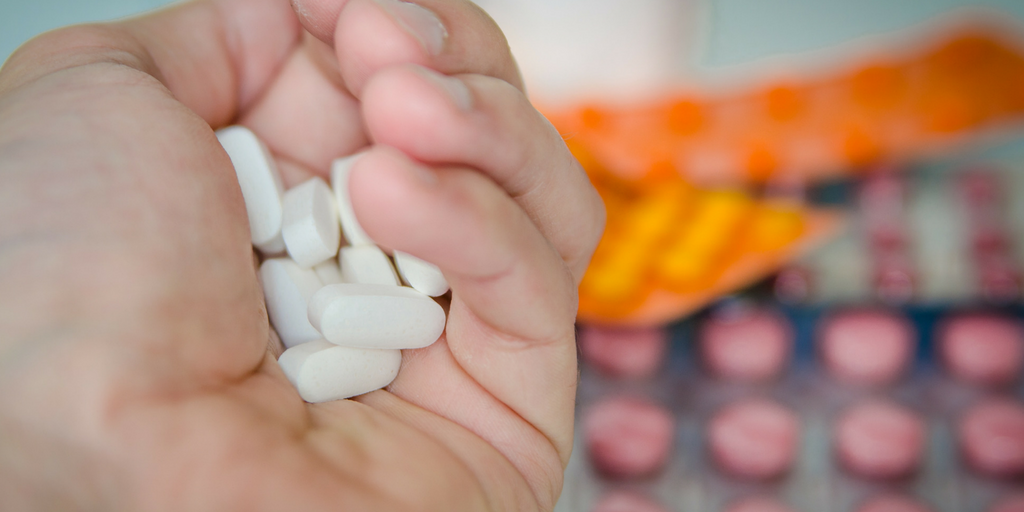
Current treatment is focused on managing the symptoms of Raynaud’s. Calcium channel blockers are most often prescribed and aim to control vasospasm. Calcium has a constricting effect on muscles and thus the goal is to block it from being absorbed.
One main risk of this approach is calcium overload, in which the drugs reroute the calcium and larger problems like gallstones and kidney stones can result. While some find this to be an effective short-term solution, the side effects can be worse than the condition at hand – including shortness of breath, swelling in the extremities and vision problems.
Blood thinners (like aspirin) and vasodilators aim to increase blood flow and are also popular. Unfortunately, Aspirin is a Non-steroidal Anti-Inflammatory Drug (NSAID) and has a poor effect on gut health, as shown in this study.
Perhaps the most extreme of all the medical treatments are alpha-beta blockers. Ultimately, the goal is to counteract the actions of norepinephrine, which constricts blood vessels. This is achieved by preventing the cells in the brain and the heart from receiving proper signals.
I don’t know about you, but I wouldn’t want to alter the way my heart and brain function.
You may be left wondering what the other options are, though, and we’re here to shed some light on how you can actually address the root cause – naturally.
How Can I Treat Raynaud’s Disease?
Until recently, we used to think that once autoimmunity was activated, there wasn’t anything we could do. However, the latest research is changing all of that.
Alessio Fasano, M.D. has been on the forefront of recent autoimmune disease research and published a paper titled “Leaky Gut and Autoimmune Diseases.”
His findings present a new theory that the prevention and reversal of autoimmune disease is possible. Fasano presents the idea that in order for an autoimmune condition to develop, 3 pre-existing conditions must all exist together.
- A genetic predisposition to autoimmunity (exact gene still to be determined in RD)
- An exposure to the environmental trigger (i.e. cold temperatures and stress)
- Increased intestinal permeability (a.k.a. Leaky Gut Syndrome)
Fasano’s theory begins to open the idea that, if we start in the gut, we may be able to reverse autoimmune disease.
How to Turn Off Autoimmune Disease

Whether you’re suffering from primary or secondary Raynaud’s, research shows us the gut is involved. For those who are suffering with Raynaud’s as a result of an underlying autoimmune condition, it’s important we address the factors we can control.
Based on the work of Dr. Fasano, one of the first places to start is your gut… and we’re here to help you.
Jordan and Steve hosted a free webinar called, “How to Turn Off Your Autoimmunity and Restore a Healthy Immune System.”
It’s completely free, and we walk you through how to address the health of your gut so that your immune system can stop attacking itself.
The topic of autoimmunity is complicated and the amount of information out there can be overwhelming. That’s why we’ve done the work for you and are grateful to support you on this journey.
– Lori Jo
Did You Like this Article?
Subscribe to our newsletter to receive email notifications, some ways to find relief, and next steps.
